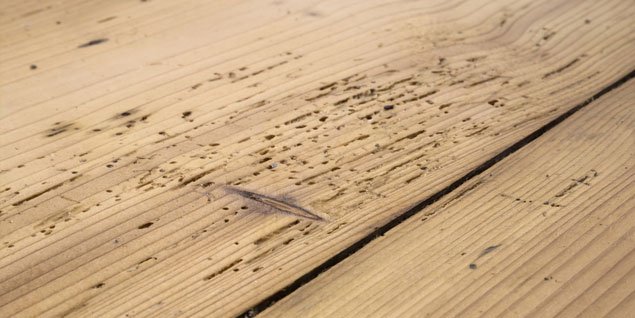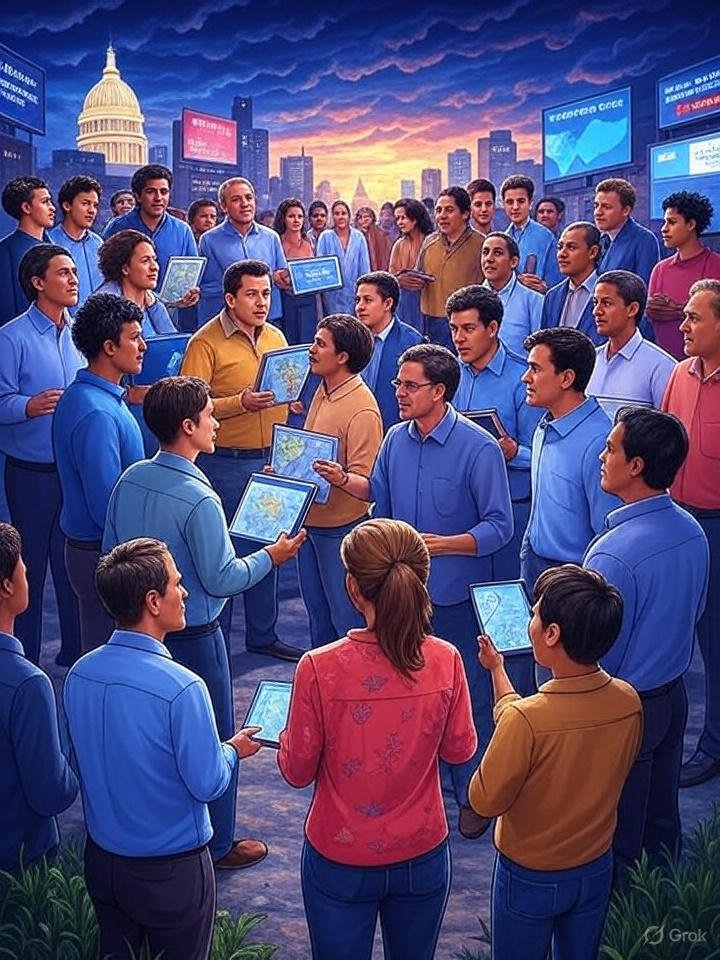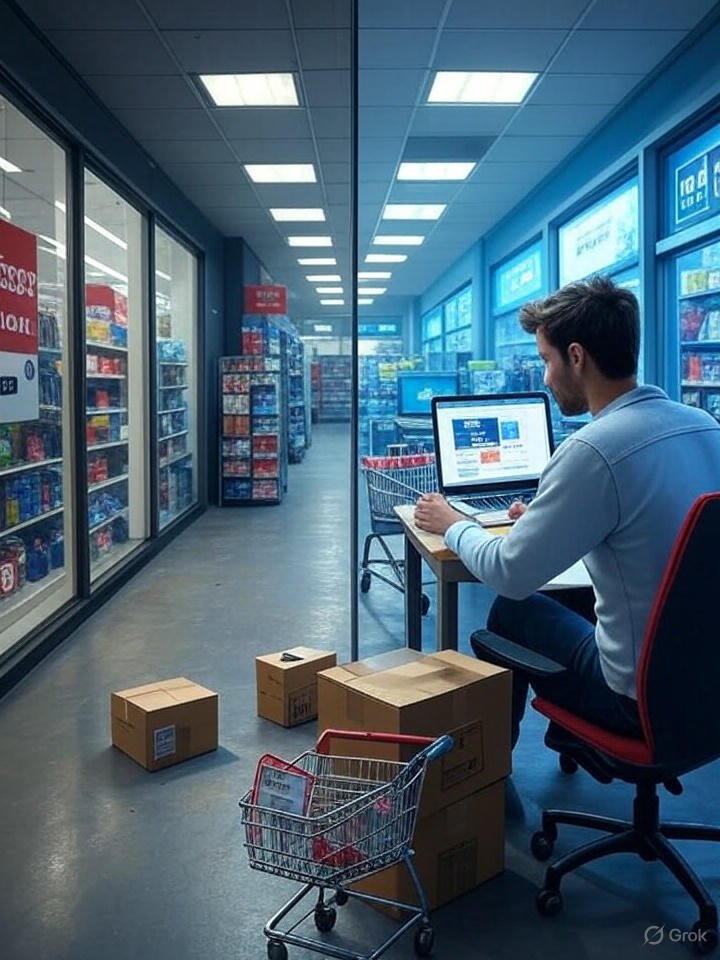Fashion in 2025 is a vibrant tapestry, woven with threads of sustainability, bold individuality, and technological innovation. As the industry evolves, it reflects a world where creativity meets conscience, and personal expression takes center stage. This article explores the key trends driving the fashion scene this year, offering insights into how designers, brands, and consumers are adapting to a rapidly changing landscape. From the resurgence of vintage styles to the rise of wearable tech, these developments promise to redefine what it means to dress well in the modern age.
Sustainability Takes the Lead
The push for eco-conscious fashion has never been stronger. In 2025, 68% of consumers are opting for brands that prioritize environmental responsibility, according to recent industry surveys. This shift is evident in the growing use of recycled fabrics, organic cotton, and even upcycled designs that breathe new life into old materials. Designers are turning to innovative techniques, like dyeing with natural pigments or creating biodegradable threads, to reduce the industry’s carbon footprint.
Take Stella McCartney as an example. Her latest collection features jackets made from reclaimed ocean plastics, paired with dresses crafted from plant-based fibers. This approach not only cuts waste but also appeals to a generation that values ethical choices. Small brands are jumping on board too, with local artisans in cities like Mumbai and Nairobi using traditional methods to produce sustainable pieces that rival high-end labels.
For shoppers, this trend means exploring second-hand markets or supporting labels with transparent supply chains. Thrifting has become a cultural movement, with online platforms like Depop seeing a 40% increase in activity this year. The key? Look for pieces with a story—vintage coats or reworked denim that carry a sense of history while aligning with green values.
Bold Individuality Shines Through
Gone are the days of following trends blindly. In 2025, fashion is all about standing out with personal flair. Bright colors, unconventional silhouettes, and mixed patterns dominate the runways, encouraging people to express their unique identities. Designers are celebrating this shift by offering customizable options, where customers can tweak designs to fit their vision—think adjustable hems or detachable sleeves.
Street style in cities like Tokyo and London showcases this trend vividly. Young creatives mix oversized blazers with neon leggings or layer vintage scarves over futuristic jackets. It’s a rebellion against uniformity, fueled by social media platforms where individuals share their one-of-a-kind looks, inspiring others to experiment.
Brands are responding with collaborative projects. For instance, a New York-based label recently partnered with local artists to create limited-edition prints, letting buyers pick their favorites. This move not only boosts creativity but also fosters a sense of ownership among wearers. To join in, consider mixing high-street finds with heirloom pieces or adding bold accessories to everyday outfits.
The Rise of Wearable Technology
Technology is stitching itself into fashion’s fabric. Wearable tech—think smart jackets that adjust temperature or shoes that track steps—has moved from niche to mainstream in 2025. These innovations blend style with function, appealing to tech-savvy consumers who want their clothes to do more than just look good.
A standout example is the collaboration between Adidas and a tech startup, resulting in sneakers that light up based on movement, doubling as a fitness tracker. Meanwhile, high-end designers like Balenciaga have introduced coats with embedded sensors to monitor air quality, catering to urban dwellers concerned about pollution. These pieces aren’t just gadgets; they’re statements, merging practicality with high fashion.
For consumers, the appeal lies in convenience and health benefits. A smart scarf that vibrates to remind you to stand up or a dress that changes color with your mood adds a playful edge to daily life. Designers are encouraged to partner with tech firms to explore materials like conductive threads or flexible screens, pushing the boundaries of what clothing can achieve.
Vintage Revival with a Modern Twist
Nostalgia is making a comeback, but with a contemporary spin. The 70s, 90s, and early 2000s are inspiring collections that blend retro aesthetics with modern cuts. Bell-bottom jeans are back, reimagined with sleek lines, while tie-dye shirts now feature minimalist patterns. This trend taps into a desire for authenticity, as people seek items that feel timeless yet fresh.
In Paris, vintage fairs have become must-visit events, with sellers offering restored leather boots or silk dresses from decades past. Brands like Zara have caught on, launching lines that mimic these styles with sustainable fabrics. The result is a market where new and old coexist, appealing to those who love a good story behind their wardrobe.
To embrace this, dig into your attic for forgotten treasures or visit local thrift stores. Pair a vintage blazer with modern sneakers or a retro skirt with a sleek top to create a look that’s both nostalgic and now. The trick is balance—too much retro can feel costume-like, so anchor it with current trends.
Inclusive Sizing and Diverse Representation
Fashion in 2025 is breaking barriers with inclusive sizing and diverse representation. Runways are showcasing models of all body types, ages, and backgrounds, reflecting a broader definition of beauty. Brands are expanding size ranges, with 73% of retailers now offering extended options, driven by demand for clothing that fits everyone.
This shift is visible in campaigns from brands like ASOS, which recently featured a plus-size model alongside a senior citizen in a vibrant ad series. Designers are also rethinking patterns and fabrics to flatter different figures, moving away from one-size-fits-all ideals. The message is clear: fashion should celebrate every body.
For consumers, this means more choices and better fits. Look for brands that prioritize diversity in their marketing and design processes. Support lines that offer tailored options or collaborate with communities to ensure representation. It’s a step toward a more inclusive industry that mirrors the real world.
The Future of Fashion: A Blend of Tradition and Innovation
Looking ahead, fashion in 2025 is poised to blend tradition with cutting-edge ideas. Sustainability will continue to shape production, with innovations like lab-grown leather gaining traction. Wearable tech will evolve, potentially integrating health diagnostics into everyday wear. Meanwhile, individuality and inclusivity will keep pushing boundaries, ensuring the industry reflects a diverse global audience.
The challenge for designers is to stay authentic while experimenting with new tools and materials. For shoppers, it’s about embracing these changes with an open mind—whether that’s investing in a smart jacket or reviving a family heirloom. As the year unfolds, the most stylish individuals will be those who wear their values and personalities with pride.
This evolution isn’t just about clothes; it’s about culture. Fashion is becoming a platform for change, where every stitch tells a story of sustainability, self-expression, and community. Whether you’re a designer sketching the next big thing or a consumer piecing together your look, 2025 offers a canvas to create something truly remarkable.







